Difference Between Provider Enrollment and Credentialing?
- August 1, 2025
- 0 Comments
- Provider Credentialing
If you're a healthcare provider or someone managing a medical practice, you've probably heard the terms credentialing and provider enrollment thrown around. They sound similar and they’re often used together, but they mean very different things. Confusing the two can lead to delayed payments, denied claims, and major billing headaches. In this Blog, we'll break down what each process actually means, how they work together, and why getting both right is essential.
Quick Summary: Credentialing vs. Enrollment
Credentialing verifies a provider’s qualifications, like education, licenses, and malpractice history to prove they’re eligible to deliver care. Enrollment is the next step, where providers join insurance networks so they can bill and get reimbursed. Confusing the two can lead to denied claims, payment delays, and lost revenue. Outsourcing both processes helps avoid costly mistakes, speeds up approvals, ensures compliance, and gives your staff more time to focus on patients.
Final line: Credentialing earns trust. Enrollment unlocks payments. You need both equally to maintain your Revenue Cycle.
Why This Matters for Every Healthcare Practice
If you are a provider, practice manager, or billing coordinator, you have likely come across the terms “credentialing” and “provider enrollment.” While they are often used interchangeably, they refer to two distinct processes.
Misunderstanding the difference can lead to serious consequences. It may delay your reimbursements, remove you from payer networks, or cause claims to be denied for extended periods. This is not just a clerical issue—it has a direct impact on your practice’s revenue and your ability to serve patients effectively. In this blog, we will clearly explain the difference between credentialing and provider enrollment, how the two processes are connected, and why managing both correctly is essential to maintaining compliance and ensuring steady cash flow.
What Is Provider Credentialing?

Provider credentialing is the process of verifying a healthcare professional’s qualifications to ensure they are licensed, experienced, and competent to deliver patient care. Think of it as a professional background check that validates your eligibility to practice medicine. Credentialing does not authorize you to bill payers. Instead, it proves that you meet the required standards to be recognized as a qualified healthcare provider.
What Does Credentialing Include?
A comprehensive credentialing process typically verifies the following:
• Valid state medical license and DEA registration
• Education and medical training history
• Board certifications, where applicable
• Professional work experience
• Malpractice claims or disciplinary history
• Current hospital privileges or past revocations
Most credentialing is conducted by hospitals, health plans, or credentialing verification organizations (CVOs). Tools like CAQH ProView are often used to centralize and manage this data, allowing providers to share their profiles with multiple payers.
Who Manages the Credentialing Process?
In larger organizations, credentialing is typically handled by a dedicated credentialing department or medical staff office. In private practices or smaller clinics, providers often partner with credentialing services for providers to handle the process, maintain compliance, and avoid administrative delays. It’s also important to understand the regulatory requirements that make credentialing mandatory, so you’re not caught off guard by unexpected payer rules or network removals.
Example: A behavioral health provider unknowingly let her board certification expire. Because her CAQH profile had not been updated, she was removed from several payer networks without warning. As a result, her submitted claims were denied, leading to significant financial loss and interruption in patient services.
What Is Provider Enrollment?

Once credentialing is complete, the next essential step is provider enrollment. This is the process of officially joining a health insurance network so that you can submit claims and receive reimbursements for patient care.
If credentialing proves you are qualified, enrollment confirms that you are recognized and approved to bill a specific payer.
What’s Involved in the Enrollment Process?
Provider enrollment typically includes:
• Completing payer-specific or CAQH applications
• Linking your National Provider Identifier (NPI), Tax Identification Number (TIN), and practice locations
• Setting up EDI (Electronic Data Interchange) for claims submission
• Establishing EFT (Electronic Funds Transfer) for direct deposit
• Submitting all credentialing documents for review by the payer
Enrollment must be done individually for each insurance payer, including Medicare, Medicaid, and commercial insurers. Approval timelines can range from 30 to 180 days, depending on the payer’s internal process.
Example: A podiatrist in Texas launched a new clinic and completed credentialing with all major insurers. However, the enrollment application for UnitedHealthcare was never submitted. After 90 days of unpaid claims, it became clear that the practice was not officially part of the network. All those claims were denied, forcing the provider to absorb the costs or bill patients directly.
Credentialing vs Enrollment: Key Differences
Here’s a side-by-side comparison to clear things up:
|
Aspect |
Credentialing |
Enrollment |
|
Purpose |
Verify provider qualifications and background |
Join payer networks and become eligible to receive payment |
|
Focus |
Education, licensure, board certifications, work and malpractice history |
Linking provider to payers for billing and reimbursement |
|
Handled by |
Credentialing departments, medical staff offices, or third-party services like CAQH |
Enrollment teams, billing departments, or outsourced specialists |
|
Common Documents |
CV, active license, board certifications, DEA, malpractice insurance |
W-9 form, NPI number, TIN, EFT and EDI setup forms |
|
Tools Used |
CAQH ProView, primary source verification databases |
Payer portals, PECOS (for Medicare), CAQH for some payers |
|
Timeline |
30 to 90 days (can vary based on provider type and volume of applications) |
45 to 180 days depending on payer response and documentation submitted |
|
Required For |
Gaining hospital privileges, payer approval, legal compliance |
Billing payers, claims submission, receiving payments |
|
Risk if Delayed |
Provider cannot join hospital staff or be recognized as a legitimate practitioner |
Claims get denied or delayed, provider remains out-of-network |
|
Renewal Frequency |
Every 2 to 3 years, depending on facility or payer requirements |
Re-enrollment may be needed if contracts lapse or provider info changes |
|
Dependency |
Often required before enrollment can begin |
Cannot proceed if credentialing is not completed |
|
Goal |
Establish trust, legal eligibility, and professional standing |
Activate billing access and payment workflow with payers |
How Credentialing and Enrollment Work Together
Credentialing and enrollment may be two separate processes, but they’re closely connected, one usually can’t happen without the other.
Think of it like getting a job and then signing up for benefits. Credentialing proves you’re qualified to do the job. Enrollment is what lets you actually start getting paid for your work. In the healthcare world, payers want to know you’re both capable and officially part of their network and that means going through both steps.
In most cases, credentialing comes first. Insurance companies, hospitals, and health plans won’t allow you to enroll unless your credentials (license, certifications, work history, malpractice status, etc.) are fully verified and approved. Once that’s complete, you can move on to enrollment, the step where you apply to join specific insurance networks like Medicare, Medicaid, or private payers.
Here’s a simple example:
A new nurse practitioner joins a primary care group. Before she can bill insurance, the practice must verify her license, education, and background through credentialing. After that’s approved, the team can start enrolling her with Aetna, BCBS, Medicare, and other networks so she can start seeing patients and getting reimbursed.
Why Outsourcing Both Processes Makes Sense
Managing provider credentialing and enrollment may sound simple at first, but in reality, it’s a time-consuming, detail-heavy process that can overwhelm even the most efficient in-house teams.
Every provider needs to be credentialed with hospitals, insurers, and government payers. Then they need to be enrolled with each payer network they want to bill. Multiply that across 15+ insurance companies, several providers, different specialties, changing payer requirements, and tight deadlines and it quickly becomes a full-time job.
That’s why many healthcare practices, especially those growing fast or managing multiple providers, choose to outsource both credentialing and enrollment to specialized service partners.
1. Get Approved Faster
Outsourcing teams handle credentialing and enrollment all day, every day. They’re familiar with the ins and outs of major payers like Medicare, Medicaid, Blue Cross, Aetna, and Cigna and they understand what documentation each one expects, how to submit it correctly, and how to avoid common errors that delay approval.
For example, a payer may reject an application if a license number isn’t in the correct format or if a signature page is missing. An experienced credentialing service provider will catch these issues before submission, reducing delays.
2. Avoid Denials and Mistakes
Incomplete or incorrect applications are one of the most common reasons for credentialing delays and enrollment denials. A good outsourced partner reviews everything before it goes out, making sure all licenses are current, malpractice policies are active, and forms are filled out exactly as payers require. That means fewer back-and-forth emails, fewer rejections, and a smoother path to approval.
3. Stay on Top of Deadlines
Credentialing isn’t a one-time task. Most payers and hospitals require re-credentialing every two to three years. If you miss those deadlines, your providers may be deactivated from networks, resulting in lost revenue and billing issues. Outsourced credentialing services use tracking systems to monitor re-verification dates, license renewals, and expiration deadlines. They’ll alert you ahead of time, so nothing slips through the cracks.
4. Skip Long Wait Times with Payers
Dealing with payers can be one of the most frustrating parts of the job. Just getting someone on the phone or a response to your email can take hours. Outsourced teams already have contacts and dedicated reps with major payers. They know how to escalate cases when needed, and they’re used to following up multiple times until your application moves forward.
That means no more wasted hours on hold while your staff tries to track down a status update.
5. Focus More on Patients, Not Paperwork
Your front office team is busy managing appointments, answering phones, and helping patients. If they’re also juggling credentialing or enrollment, things can fall through the cracks.
Outsourcing takes that load off their plate, so your in-house staff can focus on your own work.
Plus, it reduces the risk of burnout and turnover from constant administrative pressure.
Conclusion
Getting credentialed and enrolled might sound like the same thing, but they’re not. Credentialing proves you're qualified to provide care, while enrollment gets you set up with insurance companies. Both steps are important if you want to avoid delays, denials, or payment issues. When you understand the difference and manage them properly, everything runs smoothly.
Whether you're a solo provider or running a busy practice, handling all the paperwork and deadlines can be tough. That’s why many healthcare providers choose to outsource these tasks.
In short, credentialing and enrollment aren’t just red tape. They’re the foundation of your revenue cycle, and both are important for your Business.
Frequently Asked Questions
Find quick answers to common questions about this topic, explained simply and clearly.
What does it mean when a provider is not credentialed?
When a provider is not credentialed, it means they have not been verified or approved by insurance companies to deliver care under that payer’s network. As a result, claims may be denied or paid at out-of-network rates until the credentialing pro
What are the two types of credentialing?
The two main types are organizational credentialing and individual provider credentialing. Organizational credentialing verifies facilities like hospitals, clinics, or group practices. Individual credentialing confirms a pr
What is the provider enrollment process?
Provider enrollment is the step where a healthcare provider applies to join an insurance network after credentialing is complete. It includes submitting applications, signing contracts, and getting a provider ID so claims can be billed and reimbursed u
What is the difference between credentialed and enrolled?
Credentialing verifies a provider’s education, license, and background to ensure they meet payer standards. Enrollment happens afterward and officially adds the provider to the payer’s network so they can start billing and receiving payment

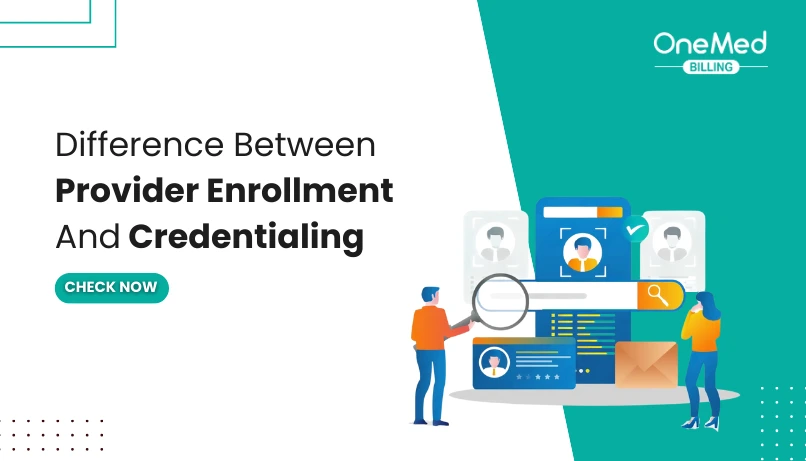
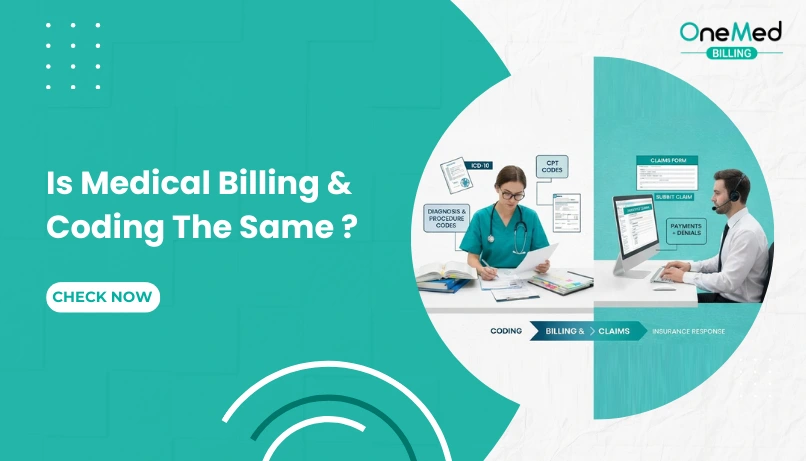
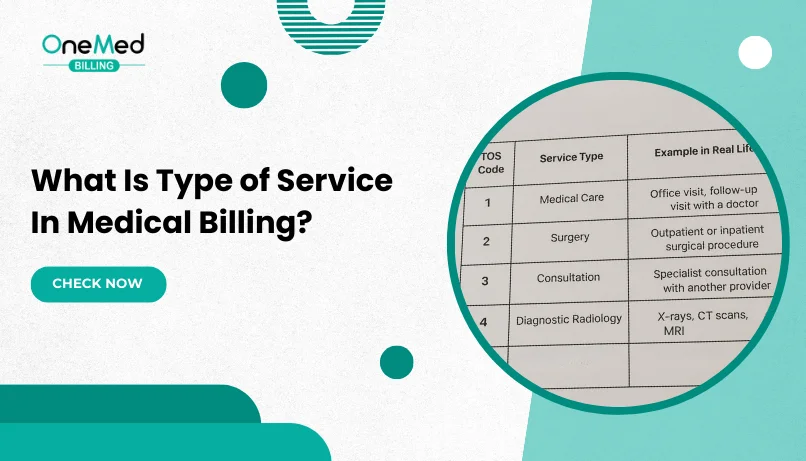
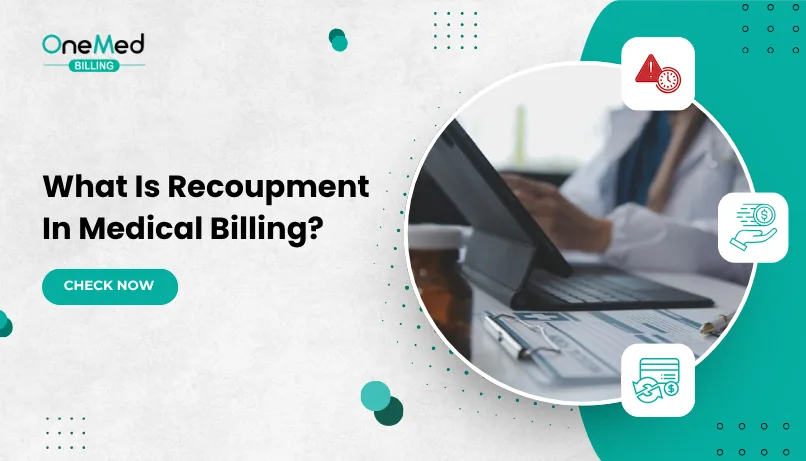
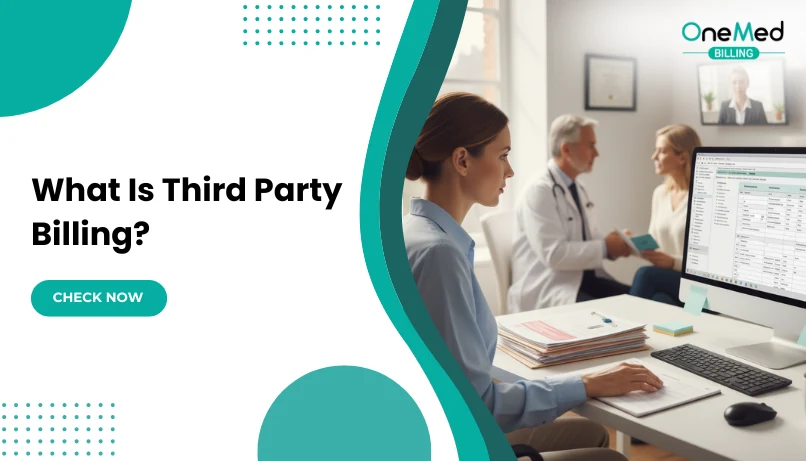
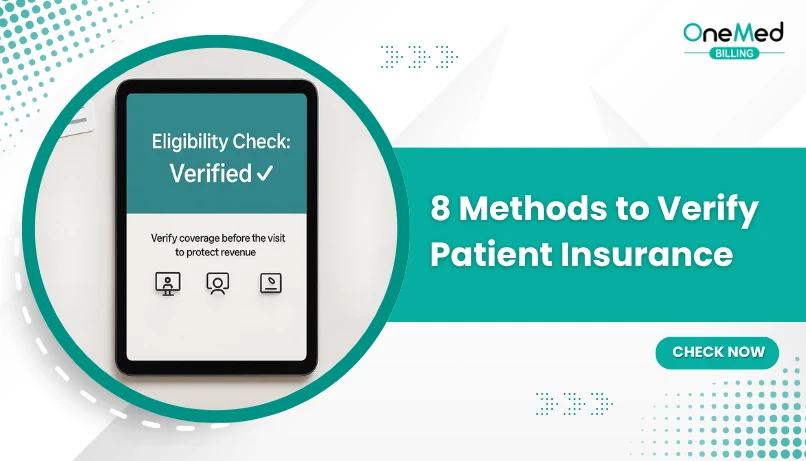
Comments (0)